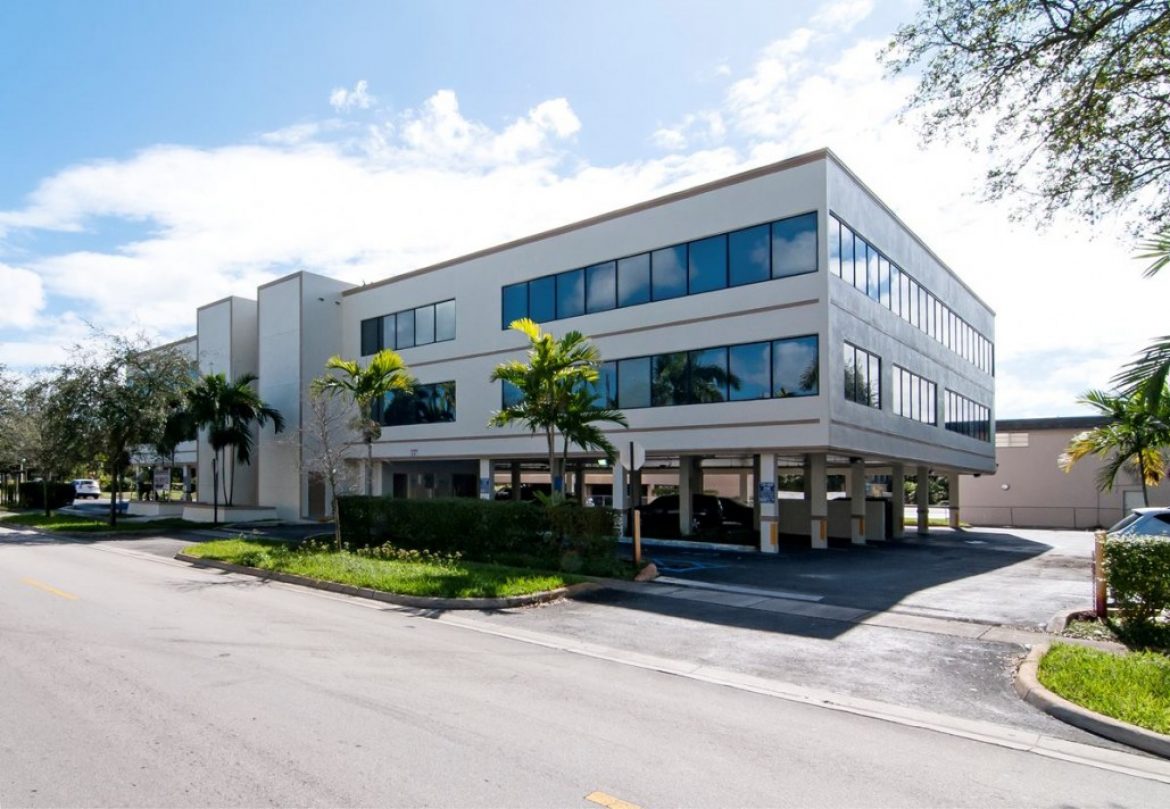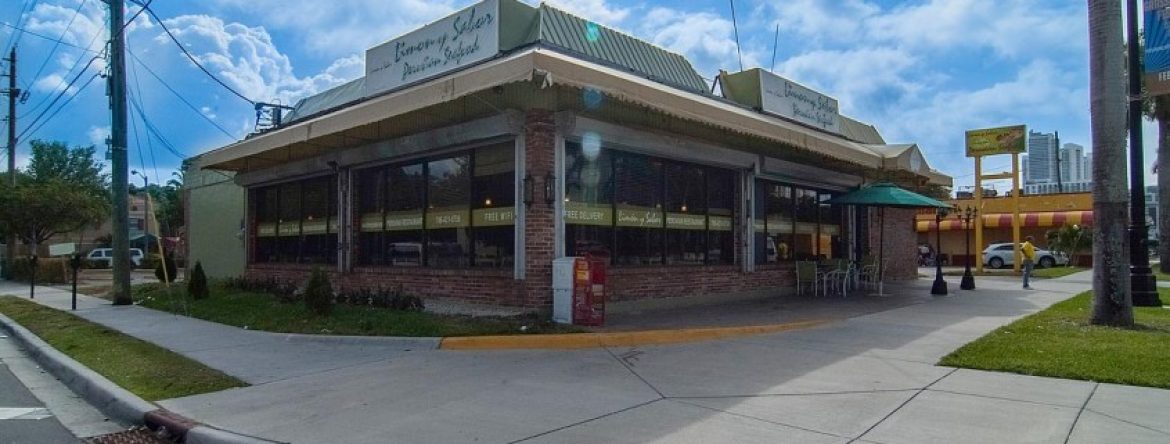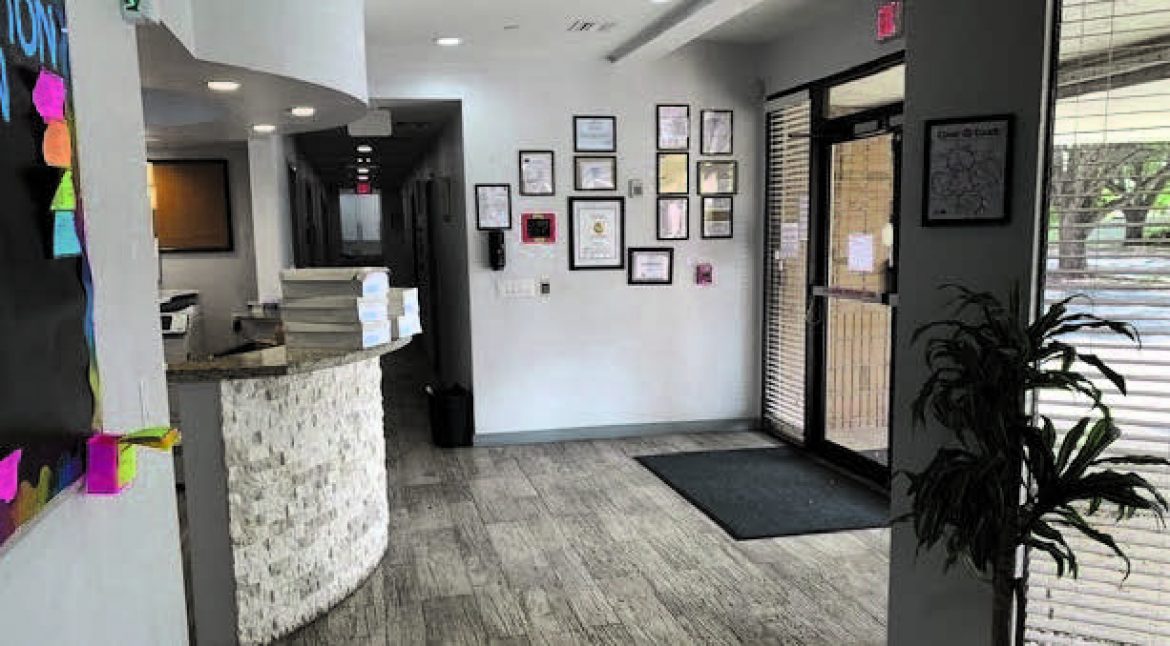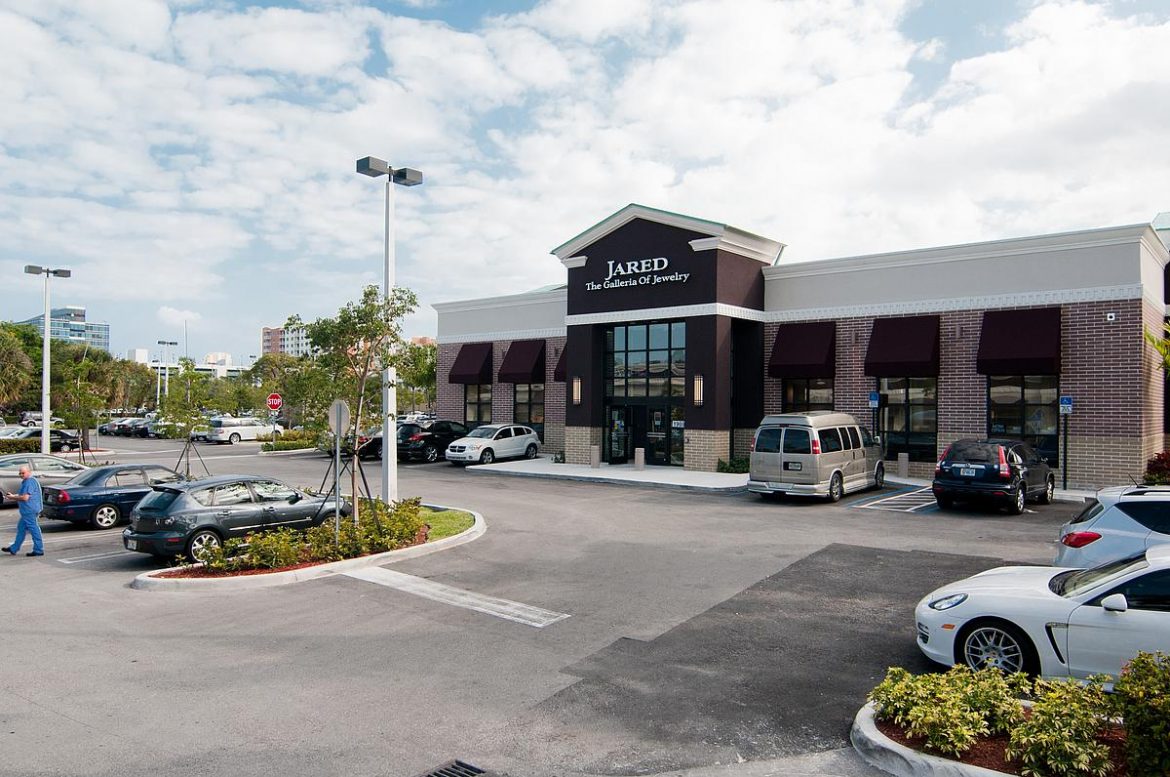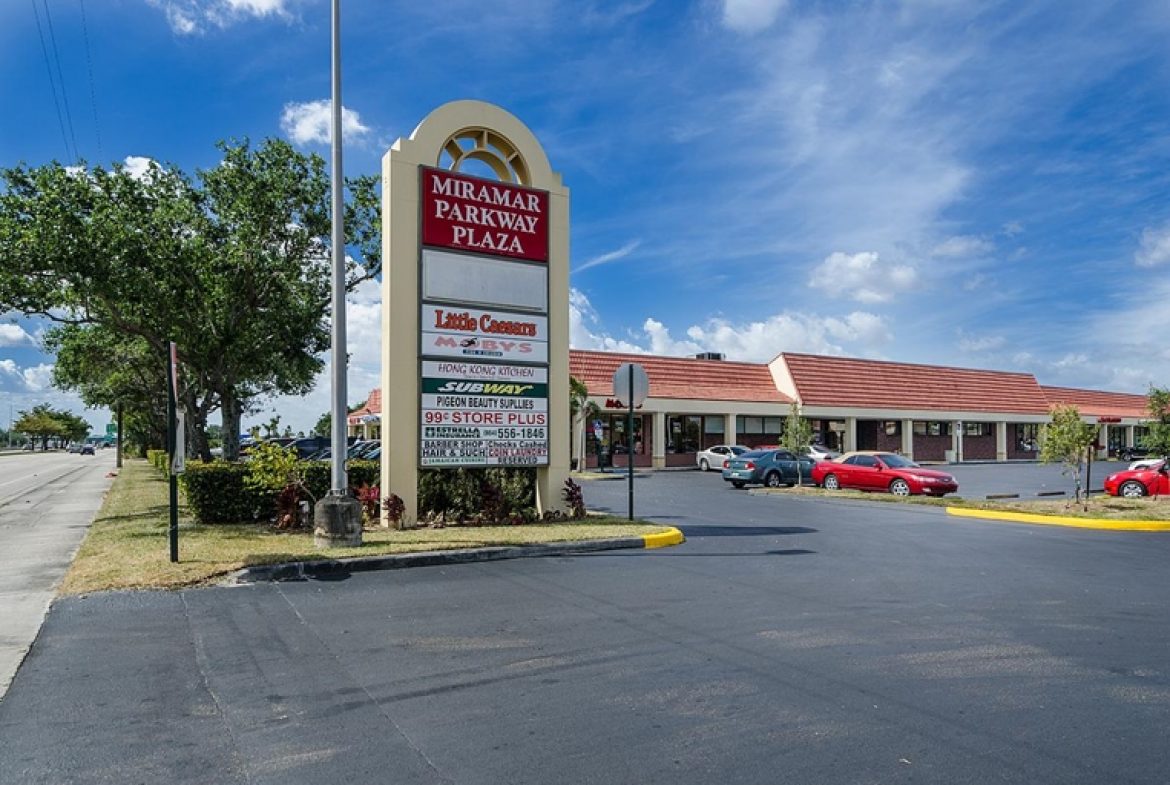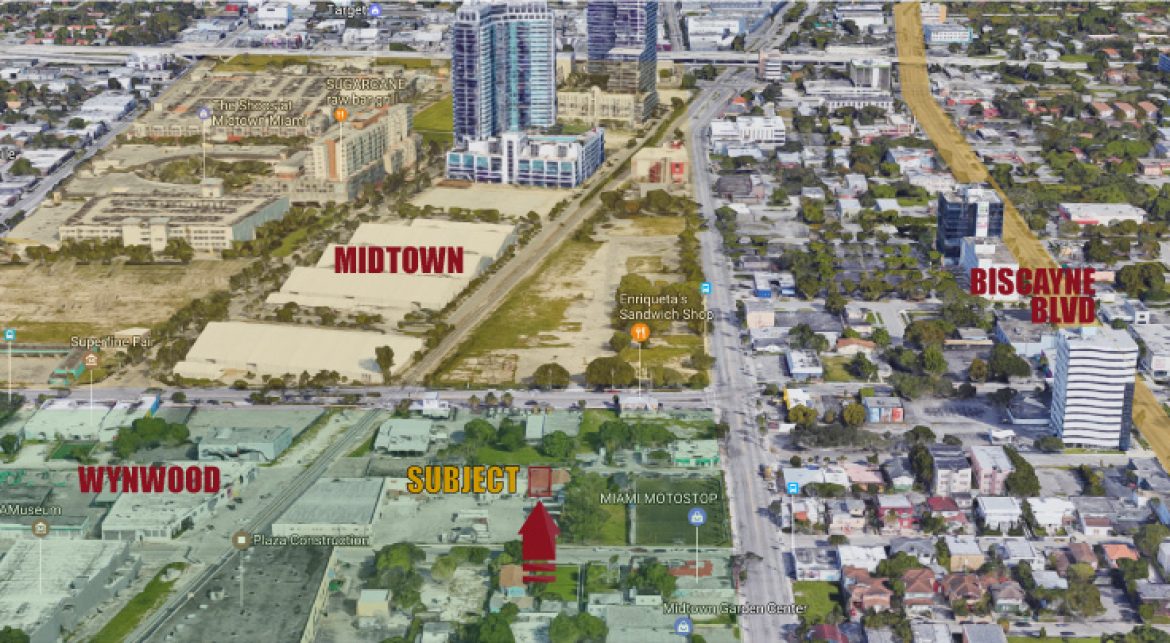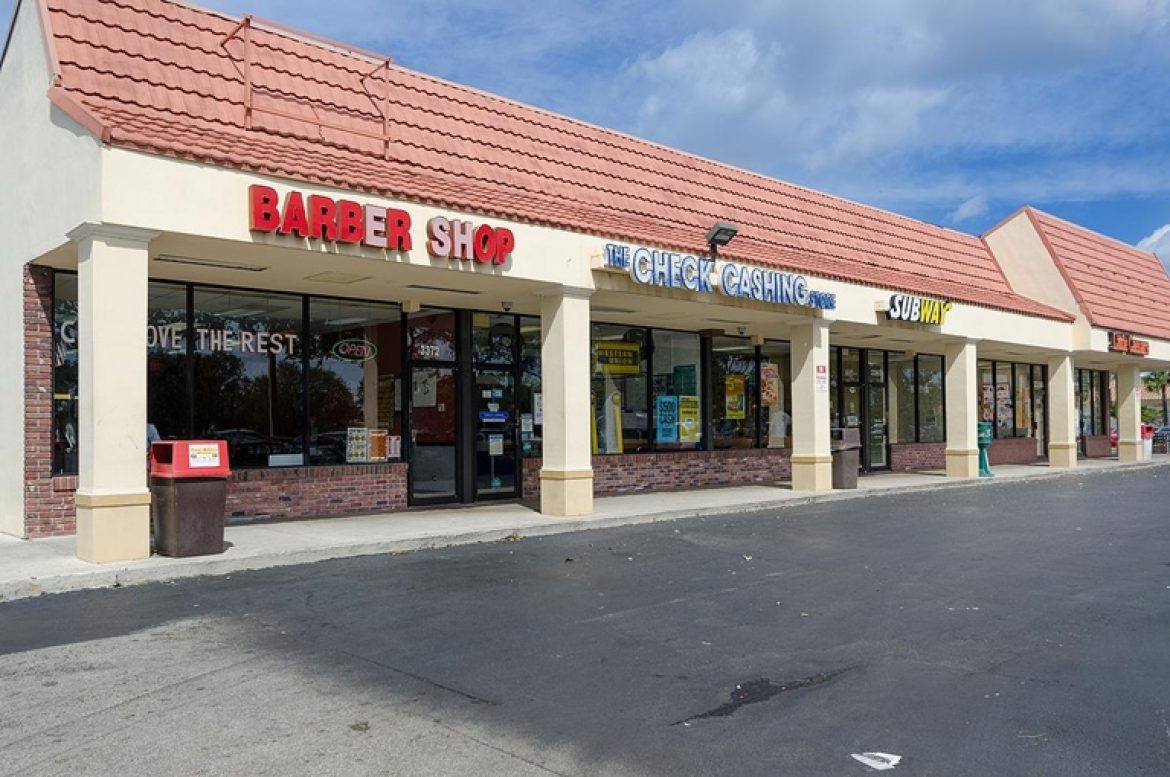
Almost a year after a painfully disruptive and often delayed makeover of Flagler Street concluded, politicians and Florida’s transportation agency are sending a message to wary merchants, neighbors and commuters: It won’t happen that way again.
The Florida Department of Transportation (FDOT) has changed its philosophy on how to mount street reconstruction projects in dense urban settings without causing the kind of grief that came with the 2 1/2-year Flagler redo. Some merchants went out of business when customers had trouble getting to their doors after parking spaces were replaced by piles of dirt and debris. Torn-up roads created hazards for pedestrians, especially seniors.
Florida Sen. José Javier Rodríguez, D-Miami, met with officials from the state agency and Miami-Dade Commissioner Eileen Higgins this week to discuss the new policy and how to best approach any improvements to state-owned roads, including potential upgrades to Southwest Eighth Street, the thoroughfare better known as Calle Ocho.
Kevin J. Thibault, Florida’s secretary of transportation, told the South Florida politicians that his department plans to limit construction zones to minimize their impact on small businesses and the parking spaces they depend on. Under the new policy, the state will require contractors to finish one limited phase of a project before starting the next one.
“We would only take out of service one block at a time,” Thibault said during the meeting.
On the heels of the Flagler project that scarred Little Havana proprietors, Rodríguez sent FDOT a letter in March asking for a new policy. Thibault, who was appointed secretary in January by Gov. Ron DeSantis, made the new statewide policy effective June 2. The guidelines are intended to help small businesses survive construction outside their front doors and people who walk around the neighborhood.
Contractors will also have to ensure pedestrians can safely navigate construction zones during the work, a requirement that will be factored into the project’s design. Engineers would also need to do a better job identifying what utility lines may be underground during the design phase so when the road is ripped apart, there are fewer surprises that delay the work.
“We cannot forget the Flagler construction nightmare nor afford to repeat it, and a new policy FDOT developed at my request aims to prevent that,” said Rodríguez, after the meeting. “Pedestrians, small businesses, neighbors and vulnerable road users need to be a priority during road construction.”
A makeover of Miami’s famous Calle Ocho could be on the horizon, but Rodríguez and Higgins said Little Havana property owners are worried in the wake of the problems that plagued Flagler. Higgins was a vocal FDOT critic during the Flagler project, which was completed by Russell Engineering and overseen by consultant Pinnacle Consulting.
Higgins, who took to regularly inspecting the Flagler construction site herself to pressure contractors, remained skeptical after the meeting. She was encouraged by the new policy, but she, along with Rodríguez, said FDOT needs to do better outreach to property owners to identify what they want out of road improvements well before final designs are cemented, from door-to-door visits and one-on-one meetings to community-wide gatherings.
“You have to know what people need for their street,” she said.
Even still, Higgins said FDOT has a lot of work to do to win the trust of Calle Ocho property owners, merchants and neighbors after the Flagler nightmare.
“I don’t think there is an appetite for another construction project right now,” she said.
Source: Miami Herald

